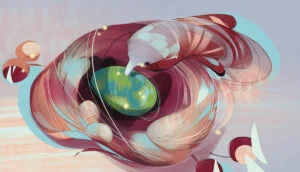
Environment
The sixth extinction
The planet is in the midst of drastic biodiversity loss that some experts think may be the next great species die-off. How did we get here and what can be done about it?
- 4895 words
- 20 minutes
This article is over 5 years old and may contain outdated information.
Wildlife
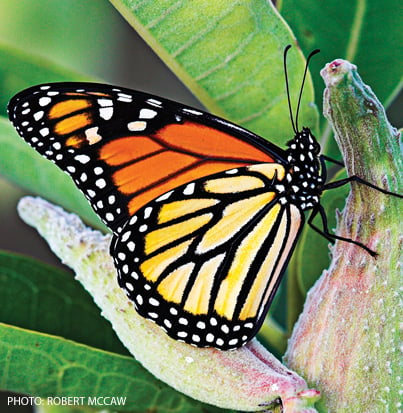
The monarch butterfly’s 3,000-kilometre, multigenerational trek is arguably the Earth’s most astounding migration — and one of the most complex. It wasn’t until 1975 that University of Toronto researchers located the monarch’s wintering grounds in Mexico’s remote Sierra Madre Mountains, and biologists are still uncovering how this showy insect makes the trip from southern Canada. Habitat loss due to industrial farming has been blamed for a recent population crash. “The monarch is an indicator species for how well we are able to conserve migratory species,” says David Browne, conservation director at the Canadian Wildlife Federation. “The question is, can we successfully protect a species that requires action in Canada, the U.S. and Mexico?”
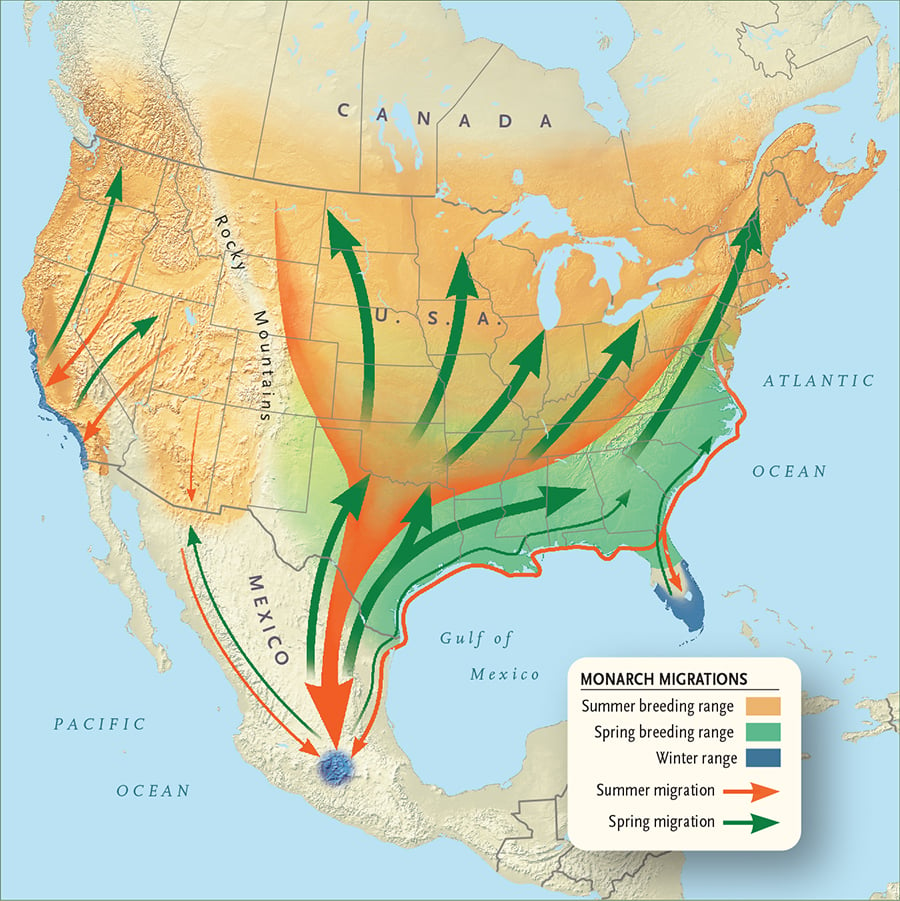
Missing milkweed
“We’re seeing a tremendous decrease in available habitat in the American Midwest,” says Chip Taylor, a professor of insect ecology at the University of Kansas. Corn and soybean crops, increasingly grown for biofuel, have dramatically reduced milkweed — the plant that caterpillar-stage monarchs rely on exclusively — and other habitat.
Climate conundrum
Monarchs cannot survive cold temperatures — they must migrate to warmer climes. The impacts of climate change on wintering monarchs could go either way, says University of Guelph researcher Ryan Norris. “Long-term warming would be good, but if climate change means an increase in the number of catastrophic events, that would be bad.”
First generation
During the spring migration north, monarchs lay eggs on milkweed in the southern U.S. before dying. Those offspring complete the northward journey. Weather plays a key role in the process. Lots of moisture and cold temperatures can cause monarchs to freeze to death, and a late spring can delay milkweed growth, leaving no suitable place to lay eggs.
Exotic threat
Is dog-strangling vine, an invasive species that resembles some native milkweed but cannot support caterpillars, affecting monarch populations? Monarchs have been observed laying eggs on the look-alike exotic, but as the University of Kansas’s Taylor says, “there’s still a lot to learn” before scientists can accurately assess the threat.
Butterfly gardens
Taylor insists the best antidote to big agriculture is small-scale gardens of native plants, which provide refuges for pollinator species such as monarchs in urban and rural backyards. “Seventy per cent of plants rely on insect pollination,” he says. “We’re losing sight of how everything is connected.”
On point
During the September migration, Parks Canada interpreter Sarah Rupert has witnessed up to 500,000 southbound monarchs roosting in trees in Ontario’s Point Pelee National Park, which juts into Lake Erie and forms a natural conduit. Parks Canada is restoring savannah habitat to make Point Pelee more attractive to butterflies throughout the summer.
Are you passionate about Canadian geography?
You can support Canadian Geographic in 3 ways:

Environment
The planet is in the midst of drastic biodiversity loss that some experts think may be the next great species die-off. How did we get here and what can be done about it?
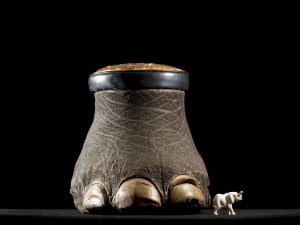
Wildlife
An estimated annual $175-billion business, the illegal trade in wildlife is the world’s fourth-largest criminal enterprise. It stands to radically alter the animal kingdom.
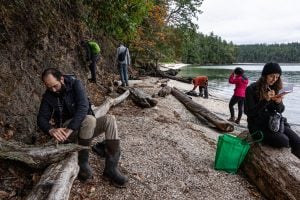
People & Culture
Naming leads to knowing, which leads to understanding. Residents of a small British Columbia island take to the forests and beaches to connect with their nonhuman neighbours

Wildlife
How scientists, volunteers, and incarcerated women are finding hope and metamorphosis through supporting a struggling butterfly